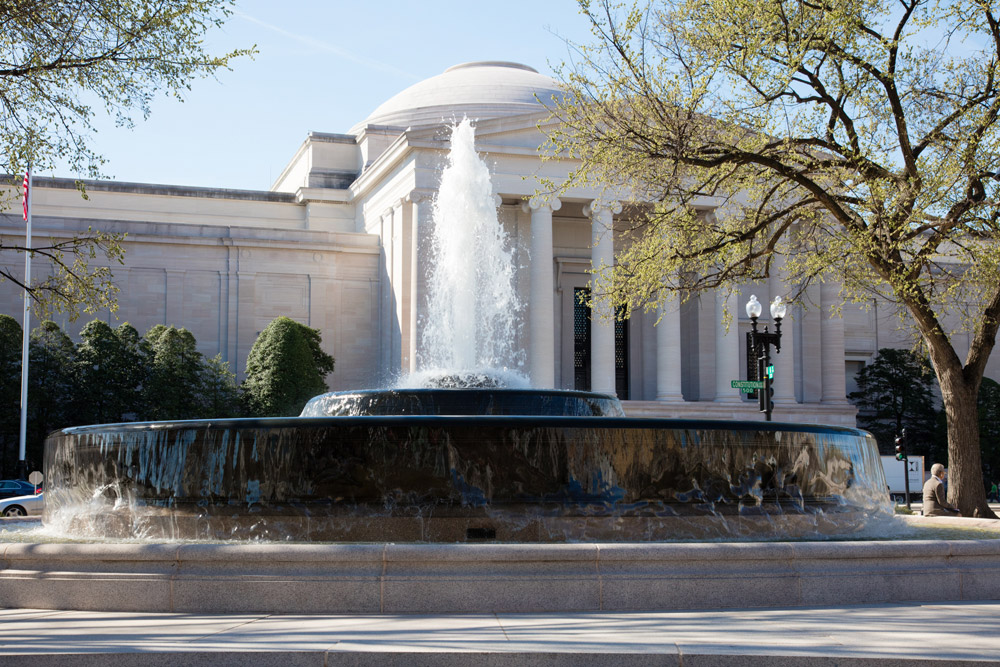Nov 15 2015 - May 15 2016
Washington, DC
The 21 works in the exhibition reveal Bourgeois’s intensely personal approach to art-making and explore her grounding in surrealism and ties to existentialism.
Louise Bourgeois (American, born France, 1911 – 2010) took up art in 1933. Her early work was influenced by surrealism, an artistic, intellectual, and literary movement that championed the creative potential of the subconscious mind but she identified as an existentialist. She imbibed the writings of the philosophers Jean-Paul Sartre, Simone de Beauvoir, and Albert Camus — her generational peers -- and even named one of her sculptures after Sartre's 1944 existentialist play No Exit, in which three strangers are forever trapped together in a room. To a great extent, her work addresses existentialist concerns born of a period of war, conflict, and distress: the struggle of choosing to live meaningfully and authentically in an uncertain, hostile, and indifferent universe. While Bourgeois’s illogical spaces, irrational juxtapositions, and distorted anthropomorphic forms might appear surrealist in nature, her subjects testify to her commitment to existential thought.
He Disappeared into Complete Silence (1947), an unbound book on view, is exemplary in this regard. The engravings of eccentric structures and strange apparatuses, which recall the cold and impersonal architecture of surveillance or imprisonment, are paired with pithy parables described in the book’s introduction as “tiny tragedies of human frustration.”
Exhibition Venues & Dates
Nov 15 2015 - May 15 2016
Washington, DC
